
Karla Austin, Business Operations Manager
Nick Clemente, Special Consultant
Barbara Kimmel, Managing Editor
Jarelle S. Stein, Editor
Jerry G. Walls, Technical Editor
Honey Winters, Designer
Indexed by Melody Englund
The conures in this book are referred to as he or she in alternating chapters unless their gender is apparent from the activity discussed.
Photographs copyright 2006 Eric Ilasenko
Text copyright 2006 by I-5 Press
All rights reserved. No part of this book may be reproduced, stored in a retrieval system, or transmitted in any form or by any means, electronic, mechanical, photocopying, recording, or otherwise, without the prior written permission of I-5 Press, except for the inclusion of brief quotations in an acknowledged review.
Library of Congress Cataloging-in-Publication Data
Moustaki, Nikki, 1970
Conures : a guide to caring for your conure / by Nikki Moustaki ; photographs
by Eric Ilasenko.
p. cm. (Complete care made easy)
ISBN 1-931993-93-9
eISBN-13: 978-1-937049-32-4
1. Conures. I. Title. II. Series.
SF473.C65M68 2006
636.6'865dc22
2006010504
I-5 Press
A Division of I-5 Publishing, LLC
3 Burroughs
Irvine, California 92618
Printed and bound in Singapore
10 9 8 7 6 5 4 3 2 1
Acknowledgments
Thanks to everyone at I-5 Press who has worked on this book, especially Jarelle Stein, patient editor extraordinaire.

Contents


Two beautiful golden conures share a perch. Golden conures are one of many species that compose the diverse group of birds that are known as conures.
C ONURES ARE DESCRIBED AS INTELLIGENT, BOISTEROUS, outgoing, clownish, and beautifulcharacterizations that are true for each of the forty-two species that compose this group of Mexican and South and Central American parrots. Known primarily for their affectionate nature and loud voices, conures are great companions for people wanting birds who are eager to interact with their human families. Most conures can learn a few words, and patient owners may even be able to teach their birds to respond to a few simple commands.
Whats a Conure?
Parrots are a diverse group of birds. There are more than 350 species of parrots, among them the group of birds called conures. The word conure may have come from the Greek words for cone, kone, and tail-bearing, ourus. For many years, most of these birds were placed in the genus Conurus, meaning conical tail, and although this name is no longer used, it certainly led to the common name. Many scientific books on parrots refer to the conure species treated here as parakeets or parrots. The eighteen species in the Aratinga group of conures resemble little macaws and are even named accordingly: many of the macaws are in the genus Ara, so when you add the diminutive suffix tinga, you have the equivalent of little macaw.
Parrot Versus Parakeet
B EGINNING PARROT KEEPERS OFTEN BECOME FIXATED on the differences between a parrot and a parakeet. Although the word parakeet is widely applied to the budgerigar, a small Australian grass parrot, a parakeet is just a small parrot with a long tail that tapers to a pointthe word has no real scientific meaning. All parrots, including those called parakeets, are members of the family Psittacidae. Lovebirds, conures, and macaws, among others, are also parrots, each a separate genus. The nine species of lovebirds, for example, occur in the single genus Agapornis, and conures belong mostly to the Aratinga and Pyrrhura genera. Most of the conures, with their long, tapered tails, fit the definition of parakeet, and some are called parakeets in major reference works.
Unlike certain parrots such as lovebirds and Amazons, conures do not fall into a natural grouping. Instead, they fall into two main genera (major groups of species), Aratinga and Pyrrhura, and a handful of related genera, Conuropsis, Cyanoliseus, Enicognathus, Guarouba, Nandayus, Leptosittaca, and Ognorhynchus, comprising a total of forty-two species. Both the Aratinga and Pyrrhura genera include species that are relatively small, generally just ten to fourteen inches long, and of slender build, with large, prominent beaks. The tail is long, about half the birds total length. The cere, the strip of skin at the base of the upper beak that contains the nostrils, is usually narrow and naked, but it may be partially covered with facial feathers. The nostrils are always visible, not covered with feathers. Unlike some macaws, conures never have a strip of bare skin between the eye and the base of the beak.
Green is the predominant color in conures, although the little conures of the genus Pyrrhura generally have red on or beneath the tail and have grayish green breasts with dark or light feather edges. You may hear the Pyrrhura conures being called scaly, but that doesnt mean they have scales. The term scaly refers to how their feathers lookdark with light edges. When the feathers overlap, they form a scalloped pattern. Some other conures have startling colors, such as the large bright yellow golden conure (Guarouba guarouba), the orange and yellow (and green) sun conure (Aratinga solstitialis), and the multicolored large Patagonian conure (Cyanoliseus patagonus). Conures also have a distinct naked white ring around the eye called the periophthalmic ring.

The largely green coloring of this red-throoted conure (Aratinga rubritorquis) is a predominant characteristic of conures as a group. Colorful exceptions include the brightly hued sun and golden conures.
How Many Conures Are There?
H ERES A LIST OF THE COMMON NAMES OF CONURES TOgive you an idea of how many species each genera comprises and where they are commonly found. Natural color mutations occurring in the species are noted next to the name. The number of subspecies is noted as wellthese are variations in the species that usually occur due to geographic differences. They are the same species but may vary slightly in their coloring or size. Note that the Conuropsis, the Carolina parakeet, is extinct.
 Aratinga (Texas to Argentina, West Indies): Blue-crownedthree to six subspecies (blue); brown-throatedfourteen subspecies (blue); cactustwo subspecies; cuban; dusky (blue, lutino); Finschs; gold-cappedtwo subspecies; greenfive subspecies; Hispaniolantwo subspecies; Jandaya; mitredtwo subspecies; olive-throatedfour subspecies; orange-fronted (half-moon)three subspecies (blue); peach-frontedtwo subspecies (blue); red-frontedfour subspecies (blue); red-masked; sun (pied); white-eyedfour subspecies
Aratinga (Texas to Argentina, West Indies): Blue-crownedthree to six subspecies (blue); brown-throatedfourteen subspecies (blue); cactustwo subspecies; cuban; dusky (blue, lutino); Finschs; gold-cappedtwo subspecies; greenfive subspecies; Hispaniolantwo subspecies; Jandaya; mitredtwo subspecies; olive-throatedfour subspecies; orange-fronted (half-moon)three subspecies (blue); peach-frontedtwo subspecies (blue); red-frontedfour subspecies (blue); red-masked; sun (pied); white-eyedfour subspecies
 Conuropsis (midNorth America to southern Mexico): Carolinatwo subspecies (extinct)
Conuropsis (midNorth America to southern Mexico): Carolinatwo subspecies (extinct)
Next page
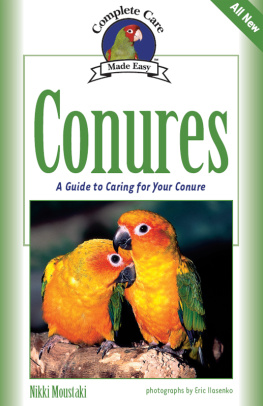

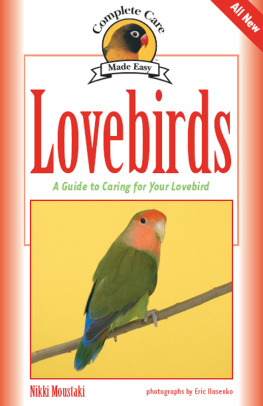
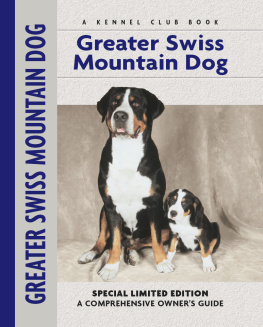
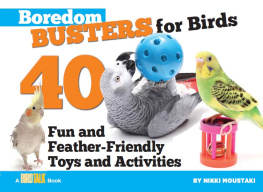

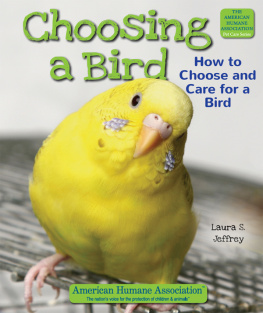

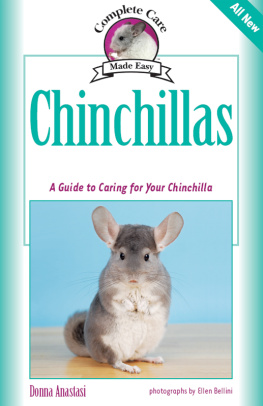
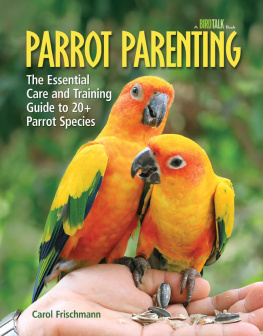
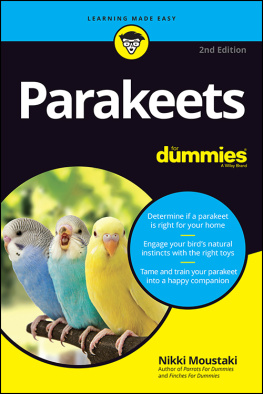
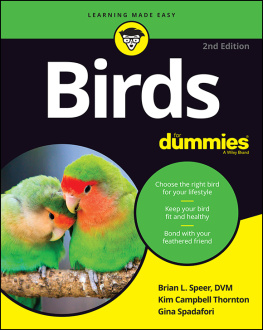





 Aratinga (Texas to Argentina, West Indies): Blue-crownedthree to six subspecies (blue); brown-throatedfourteen subspecies (blue); cactustwo subspecies; cuban; dusky (blue, lutino); Finschs; gold-cappedtwo subspecies; greenfive subspecies; Hispaniolantwo subspecies; Jandaya; mitredtwo subspecies; olive-throatedfour subspecies; orange-fronted (half-moon)three subspecies (blue); peach-frontedtwo subspecies (blue); red-frontedfour subspecies (blue); red-masked; sun (pied); white-eyedfour subspecies
Aratinga (Texas to Argentina, West Indies): Blue-crownedthree to six subspecies (blue); brown-throatedfourteen subspecies (blue); cactustwo subspecies; cuban; dusky (blue, lutino); Finschs; gold-cappedtwo subspecies; greenfive subspecies; Hispaniolantwo subspecies; Jandaya; mitredtwo subspecies; olive-throatedfour subspecies; orange-fronted (half-moon)three subspecies (blue); peach-frontedtwo subspecies (blue); red-frontedfour subspecies (blue); red-masked; sun (pied); white-eyedfour subspecies